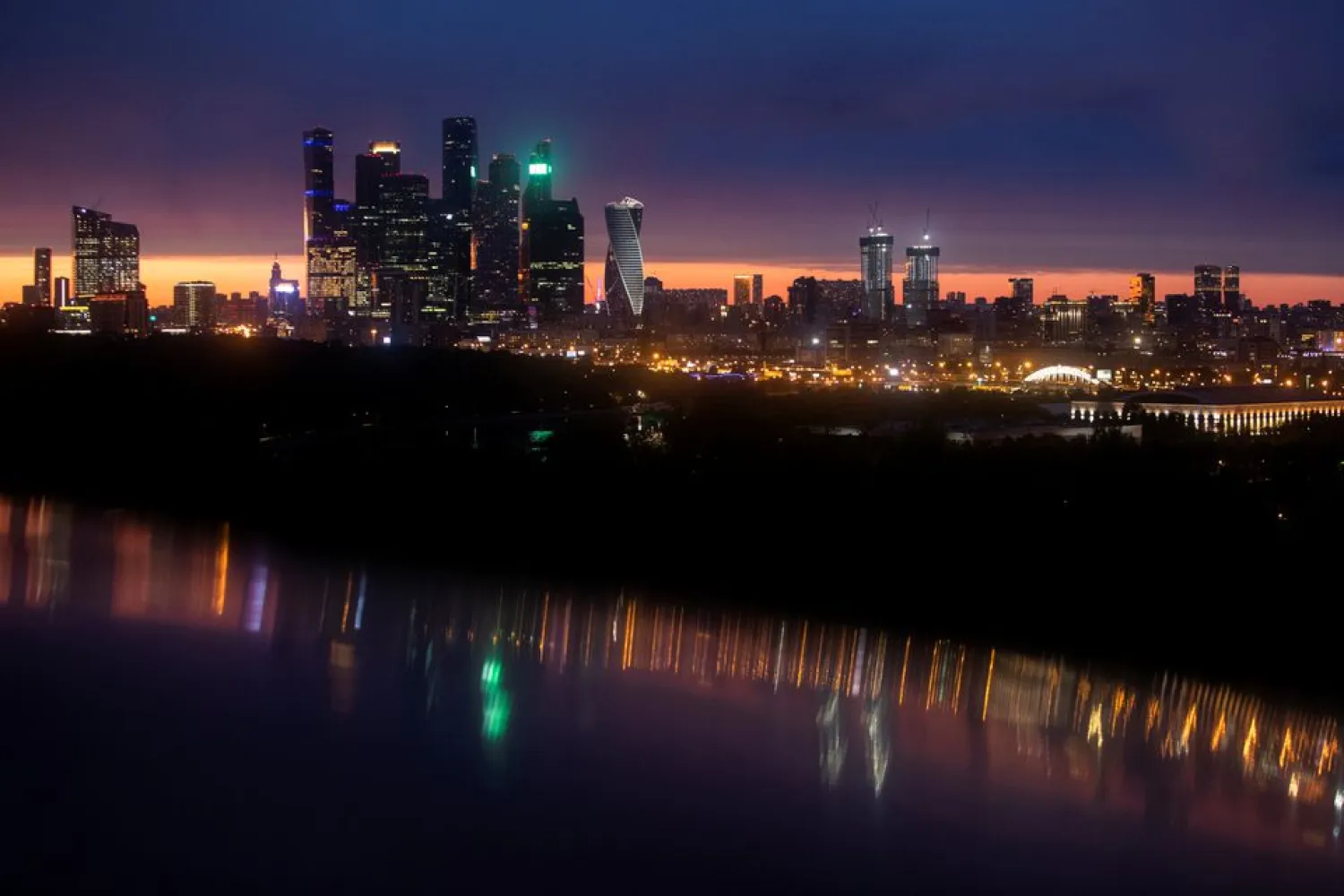Russia launched its Soyuz-2.1b rocket carrying the GLONASS-K navigation system on Monday from a northern cosmodrome, the Interfax news agency reported, citing the defense ministry.
"Combat crews of the Space Forces .... successfully launched a Soyuz-2.1b medium-class launch vehicle with space navigation GLONASS-K system," the agency cited the ministry as saying.
The GLONASS-K satellite lifted off on the Soyuz rocket at the Plesetsk Cosmodrome, about 800 km (500 miles) north of Moscow.
GLONASS-K is a navigation satellite intended as a part of the Russian GLONASS radio-based satellite navigation system, Reuters reported.
Russia has spent billions of dollars in the past two decades on developing the GLONASS system seen as a potential rival to the US global positioning system (GPS).







